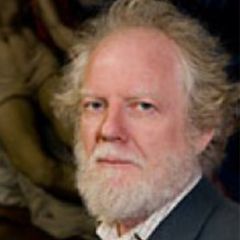History of Art
The History of Art course covers a wide spectrum of art and architecture, from the medieval to modern and contemporary periods.

Course overview
Art history in Cambridge is distinguished by a very object-based approach: courses and lectures are often structured around a particular artwork and the questions it raises. In recent years, the Department has expanded significantly, and its courses now include many aspects of art history across the world, as well as film studies. The aim is to foster a wide and deep understanding of art and architecture, and to help you develop visual literacy and awareness as well as a range of critical and analytical skills.
The History of Art course begins with a year (Part I) in which studies are focused on the materials of art, the interpretation of art, and understanding works of art accessible in Cambridge and in Cambridge collections. In the second two years (Part IIA and IIB) you take a paper on methods of art history, a paper on the history and theory of collecting and display, and four option papers from a wide choice of topics, ranging from Crusader art to Modernism, and from Chinese art to eco-criticism; you also write a dissertation.
For more information about the course and its modules, visit the University website.
What is it like to study History of Art at King’s?
On average, you have five hours of lectures each week of term and supervisions essays every two weeks for each course. Many lectures take place in front of artworks and buildings in Cambridge collections, museums, and Colleges. Most courses include field trips; Part I in particular is taught for a large part in front of artworks in Cambridge.
Across the whole University, there are typically around 25 History of Art students per year.
In supervisions, you train visual analysis and discuss your essays and the readings. Often supervisions are used to go deeper, and in more detail, into the artworks discussed in the lectures, and they are the place where students can raise questions and interests they want to develop.
What do we look for in an applicant to History of Art?
A very deep interest in art in all its varieties, a capacity for visual analysis, and a willingness to grapple with all the complexities of studying the huge variety of art on offer in the lectures and field trips.
Requirements
A Level: A*AA
IB: 41-42 points overall with 7, 7, 6 at Higher Level
Subject requirements: While no specific subjects are required, we will normally require A* / 7 in an essay-based subject or language
Admissions assessment: None
Written work: None
Careers and graduate opportunities
Our graduates proceed to graduate programmes in Cambridge, the UK, and abroad. They also pursue careers in the museum world, publishing, fashion, film and TV, the art market and art administration, charities, and restoration.
What is the best thing about studying History of Art at King’s?
History of Art students and Fellows are a close-knit and welcoming community. You live and work in a College with a unique collection of artworks as well as the Chapel, and which also offers art classes and exhibition opportunities for students. King's College played a vital role in the establishment of art history as a university discipline in Britain, and the introduction of major European art movements such as Post-Impressionism. King’s also has very strong links to Bloomsbury Group artists.
A top tip for applicants to History of Art at King's
Explore your academic interests outside of your school or college curriculum, and come prepared to talk about them at interview.
The Directors of Studies for 2025-2026 are Prof. Caroline van Eck (Michaelmas Term) and Dr Sophie Pickford (Lent Term and Easter Term).



